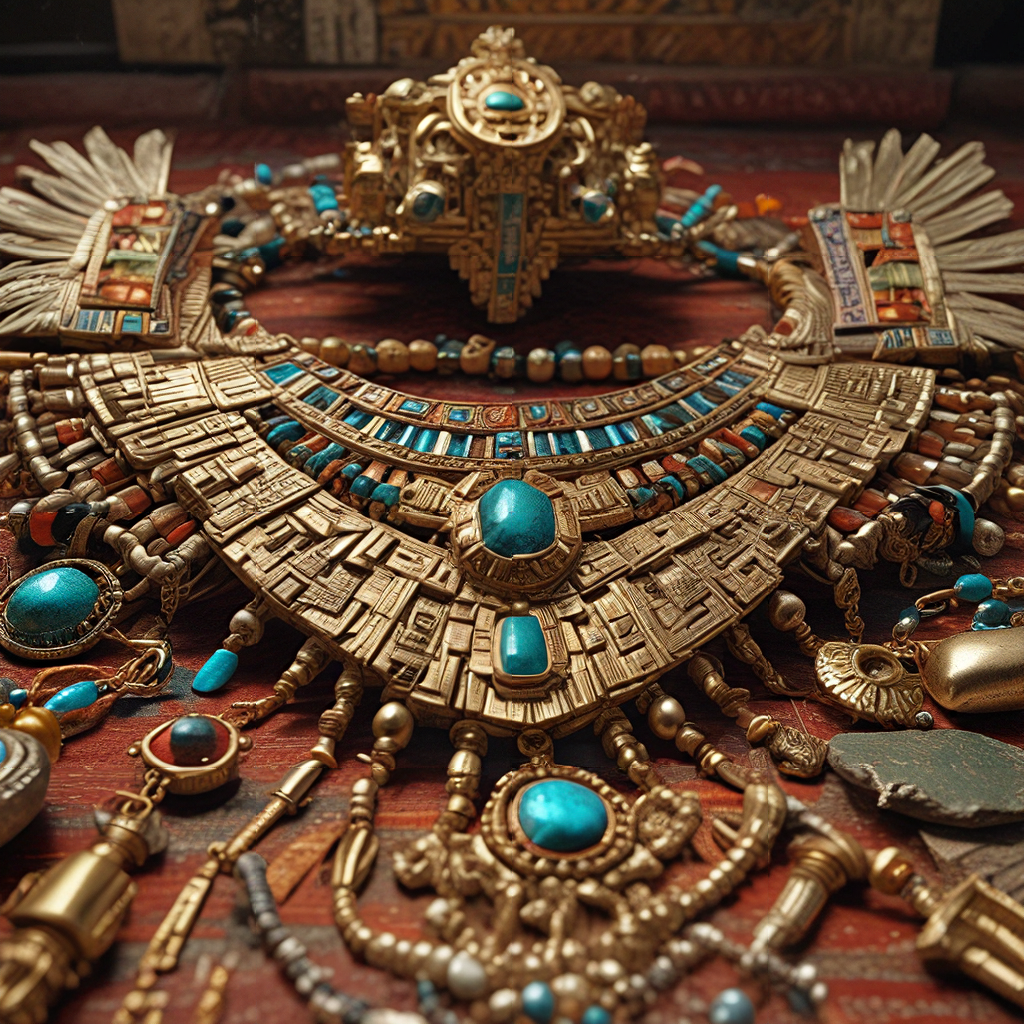1. The Origins of Finnish Mythology
Finnish mythology is a rich and intricate tapestry of beliefs, stories, and legends that have been passed down through generations. Steeped in nature, ancient traditions, and shamanistic practices, it offers a captivating glimpse into the spiritual world of the Finns. The origins of Finnish mythology can be traced back to the ancient Finno-Ugric tribes who inhabited the lands of Finland and Estonia. Their animistic beliefs saw the world as imbued with spirits, and their mythology reflects this deep connection to the forces of nature.
2. The Cosmic Egg and the Creation of the World
At the heart of Finnish mythology lies the tale of the cosmic egg, from which the universe was born. In the beginning, there was only an infinite void filled with primordial chaos. From this chaos emerged an eagle, the mighty Kotka, whose wings created the heavens above and the earth below. Within the void, a cosmic egg was laid, containing all the elements of the world. When the egg broke open, its contents spilled forth, forming the sun, moon, stars, and all living creatures.
3. Väinämöinen: The Mythical Hero
Väinämöinen is the central figure in Finnish mythology, a wise and powerful sage-hero who played a pivotal role in the creation of the world. Said to be born without a mother, he emerged from the cosmic egg as a fully grown man, possessing immense wisdom and magical abilities. As a wanderer and shaman, Väinämöinen traveled the world, spreading knowledge and shaping the destiny of the Finnish people. His wisdom extended to the realms of music, poetry, and magic, and he is often depicted as the creator of the kantele, a traditional Finnish string instrument.
4. Louhi: The Mistress of Pohjola
Louhi is a formidable figure in Finnish mythology, the mistress of Pohjola, the cold and desolate land of the north. A powerful sorceress, she is associated with darkness, winter, and the underworld. Louhi is often portrayed as an antagonist, fiercely protective of her domain and willing to use her magic to control and manipulate others. Despite her malevolent nature, Louhi is a complex character, embodying both the harsh realities of the northern wilderness and the strength of the feminine spirit.
5. Ilmarinen: The Smith and Craftsman
Ilmarinen is a renowned blacksmith and craftsman in Finnish mythology, known for his extraordinary skill and ingenuity. He is said to have forged the Sampo, a magical artifact that brought wealth and prosperity to its owner. Ilmarinen's most notable feat, however, was the creation of the sky-reaching forge, where he crafted the vault of heaven and the stars themselves. As a symbol of industry and perseverance, Ilmarinen represents the transformative power of creativity and the human ability to shape the world around them.
6. Joukahainen: The Trickster
Joukahainen is a cunning and mischievous trickster figure in Finnish mythology, known for his quick wit and ability to outsmart others. A master of disguise and deception, he often uses his skills for personal gain or to play pranks on those around him. Despite his mischievous nature, Joukahainen also possesses a keen intellect and a deep understanding of the world. His stories often serve as cautionary tales, warning against the dangers of deceit and arrogance.
7. Ancient Temples: Legends and Beliefs
Ancient temples hold a significant place in Finnish mythology, as they were believed to be the gateways between the mortal and spiritual realms. These temples, often hidden deep within forests or on remote islands, were considered sacred places where rituals and ceremonies were performed. The most famous of these temples is the Temple of Ahti, located on the island of Saaremaa in Estonia. Dedicated to Ahti, the god of the sea, this temple was said to be a place where fishermen could make offerings and seek protection from the treacherous waters.
8. The Power of Nature and the Spirits
Nature plays a central role in Finnish mythology, with the belief that the world is inhabited by a vast array of spirits and deities. These spirits, known as haltijat, are believed to reside in trees, rocks, lakes, and other natural features. They can be benevolent or malevolent, and it is important to respect their presence and avoid disturbing them. The Finnish people have a deep connection to the natural world, and their mythology reflects their reverence for the forces of nature.
9. Rituals and Ceremonies in the Temples
Ancient temples were the focal point of religious ceremonies and rituals in Finnish mythology. These ceremonies were often performed by shamans, who acted as intermediaries between the mortal and spiritual realms. The rituals were designed to appease the spirits, ask for their protection, or seek guidance in times of need. Music, dance, and offerings were common elements of these ceremonies, and they often involved trance-like states or visions.
10. The Impact of Finnish Mythology on Modern Culture
Finnish mythology continues to have a profound impact on modern Finnish culture. It has inspired countless works of art, literature, and music, and its characters and stories are still widely known and celebrated. The Kalevala, a national epic poem compiled in the 19th century, is a testament to the enduring power of Finnish mythology. Its tales of Väinämöinen, Ilmarinen, and Louhi have become deeply ingrained in the Finnish psyche, shaping the national identity and providing a sense of connection to the past.
FAQ
1. What is the most important figure in Finnish mythology?
Väinämöinen is the central figure in Finnish mythology, a wise and powerful sage-hero who played a pivotal role in the creation of the world.
2. What is the name of the cosmic egg from which the universe was born?
In Finnish mythology, the universe was born from the cosmic egg laid by the eagle Kotka.
3. Who is the mistress of Pohjola?
Louhi is the formidable mistress of Pohjola, the cold and desolate land of the north.
4. What is the name of the magical artifact forged by Ilmarinen?
Ilmarinen forged the Sampo, a magical artifact that brought wealth and prosperity to its owner.
5. What is the significance of ancient temples in Finnish mythology?
Ancient temples were believed to be the gateways between the mortal and spiritual realms, where rituals and ceremonies were performed to appease the spirits and seek their protection.




